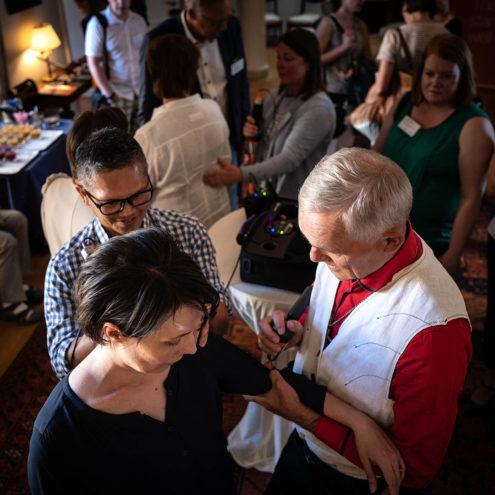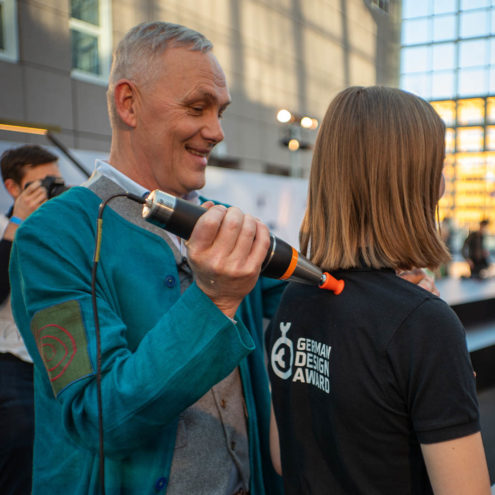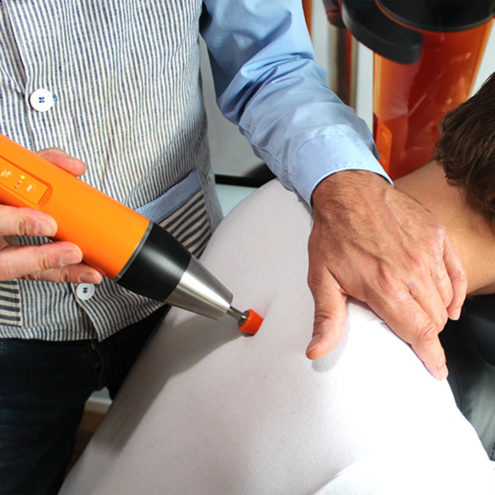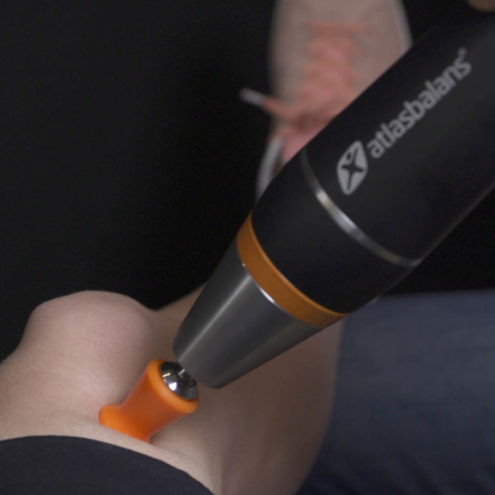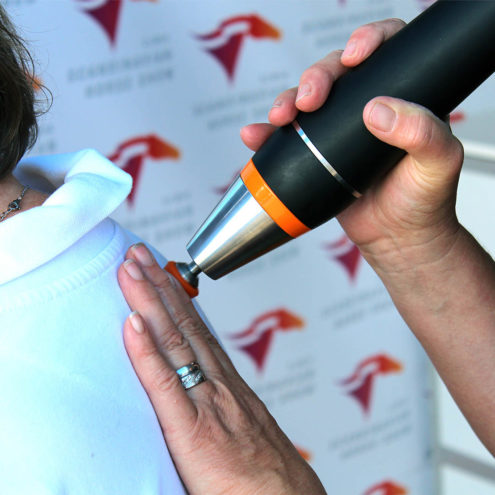Shoulder pain when I raise my arm: Understanding and relief
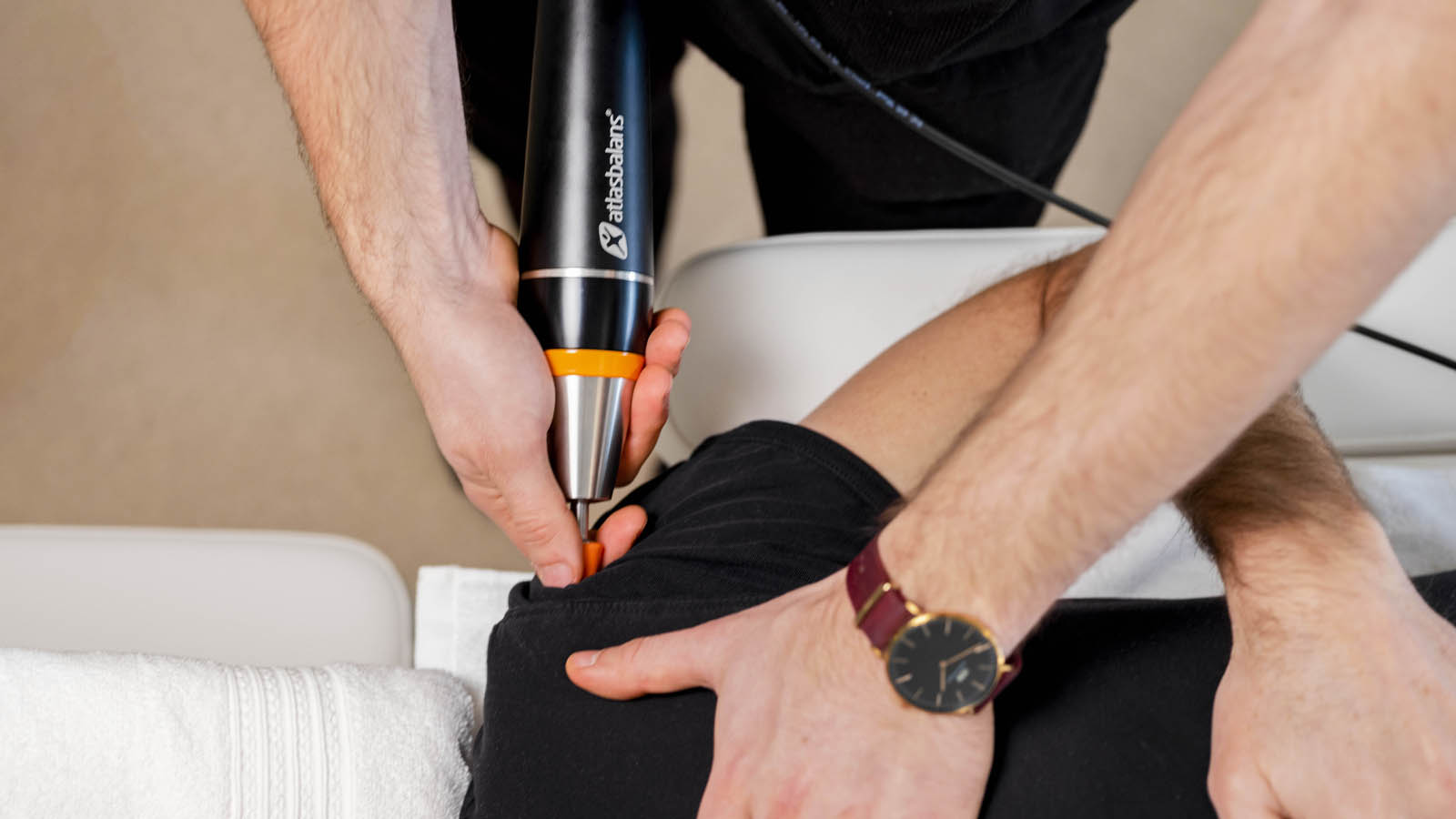
Experiencing pain in the shoulder when lifting the arm is a troublesome problem. The condition affects many people in today’s society, and has a major impact on their daily lives. This comprehensive guide aims to provide a deeper insight into the underlying causes of this type of pain, explore symptoms, diagnosis methods and treatment options, and offer guidance for prevention and self-care.
What is shoulder pain when I lift my arm?
Shoulder pain during arm raising can vary in intensity and be either a temporary irritation or a sign of a more serious underlying condition. It is important to understand the different components of the shoulder joint to better understand why the pain occurs.
Impingement: A common cause of the pain
Impingement syndrome, also known as shoulder pinch syndrome, occurs when there is a reduced space between the top of the shoulder blade (acromion) and the rotator cuff. This leads to tendons and bursae being pinched, causing pain and inflammation, especially when lifting the arm.
Anatomical explanation of the structures of the axis involved in impingement
The shoulder joint is one of the most mobile joints in the body and enables a range of movements. It is made up of several structures: the humerus (upper arm bone), the scapula (shoulder blade), and the clavicle (collarbone). The rotator cuff, consists of a group of muscles and tendons that play a central role in the stability and movement of the shoulder. Impingement can affect these soft tissues and cause significant pain and disability.
Why do you get shoulder pain?
Overload and its consequences
Overuse injuries are common in the shoulder due to its wide range of motion. Repetitive movements, especially those involving overhead lifting, can lead to micro-injuries and inflammation of the rotator cuff tendons.
Degenerative changes and calcification in the supraspinatus tendon
Over time, ageing and wear and tear can contribute to degenerative changes in the shoulder. Calcification of the tendons, especially around the supraspinatus tendon, can lead to pain and inflammation, further aggravating impingement syndrome.
Symptoms associated with impingement
Characteristic pain patterns and activities that aggravate the condition
People with impingement may experience a sharp or burning pain in the shoulder, especially when lifting the arm outwards or overhead. The pain may also worsen at night, affecting sleep and everyday activities.
Pain when lifting the arm sideways and over the head
It is common for the pain to become more intense when the arm is lifted sideways or rotated. This often causes restrictions in the range of motion of the shoulder joint, making everyday tasks such as reaching for objects or getting dressed more difficult.
How we can help you
Diagnosis of impingement
The importance of a thorough examination and diagnosis
A thorough physical examination is essential to make the correct diagnosis. The doctor will assess the shoulder’s range of motion, strength and pain areas to identify the impingement syndrome.
Modern diagnostic methods: Ultrasound, X-ray and MRI
Imaging techniques such as ultrasound, X-ray and magnetic resonance imaging (MRI) can be used to get a detailed picture of the structures of the shoulder. These tests can help identify specific rotator cuff injuries, inflammation, or other problems that contribute to the pain.
Impingement Treatment Options
Conservative treatment methods: Rehabilitation and physiotherapy
Initial treatment usually focuses on reducing inflammation and pain. This may include rest, icing, anti-inflammatory drugs and physiotherapy. Physiotherapy may include specific exercises to improve mobility and strengthen the muscles of the shoulder.
Effectiveness of Shock Wave Treatment and Laser Treatment
Shockwave therapy and laser therapy are non-invasive treatments that have been shown to be effective in reducing pain and promoting soft tissue healing. If the cause of the impingement has not been addressed in the first place, there is a high risk of recurrence.
When surgery may be necessary
If conservative treatment does not lead to improvement, surgical intervention may be considered. This may involve the removal of inflamed tissues or corrective measures to increase space in the shoulder joint and reduce pressure on the rotator cuff.
Prevention and self-care to avoid recurring problems
The importance of ergonomics and working posture
Proper ergonomics at work and at home can reduce the risk of shoulder strain. Adjusting the height of the computer station, using ergonomic chairs and avoiding carrying heavy objects can help prevent future shoulder problems.
Specific exercises to strengthen the shoulder and improve mobility
Regularly performing strengthening and mobility exercises can help maintain a healthy shoulder. This includes stretching and strengthening exercises specifically designed to support the rotator cuff and other shoulder muscles.
When should you seek professional help?
Signs that you should consult a specialist
If you experience persistent pain, weakness in your arm, or limited mobility, you should seek professional medical help. This is especially important if the pain does not improve with rest and self-treatment.
How FasciaClinics Can Support Your Recovery
At the FasciaClinics, we specialize in seeing and treating the body from a holistic perspective. We perform fascia treatments, a highly effective treatment method that focuses on treating and maintaining the fascia in our body.
Fascia is the network of connective tissue that binds and permeates everything in our body. All cells, tissues (even bone), muscles and organs contain fascia.
Fascia treatment focuses on releasing tension and adhesions in the fascia and increasing its flow. This allows us to have an improved mobility of the body with less pain and improved self-healing.
During the visit, we analyze the whole body to see where compensations and imbalances are and how they have spread. If there is an imbalance in the body, there is a risk that they will spread and affect other structures. That’s why it’s very important to seek help quickly as soon as you get any symptoms. Fascia treatment for impingement involves balancing the body to even out the stresses on the structures around the shoulder blade and shoulder joint. A treatment is done both manually and mechanically with gentle vibrations. The vibrations cause the fascia to loosen up and start the flow so that the cells can absorb substances more easily. The treatment does not hurt and is often experienced as very pleasant.
 Search
Search





